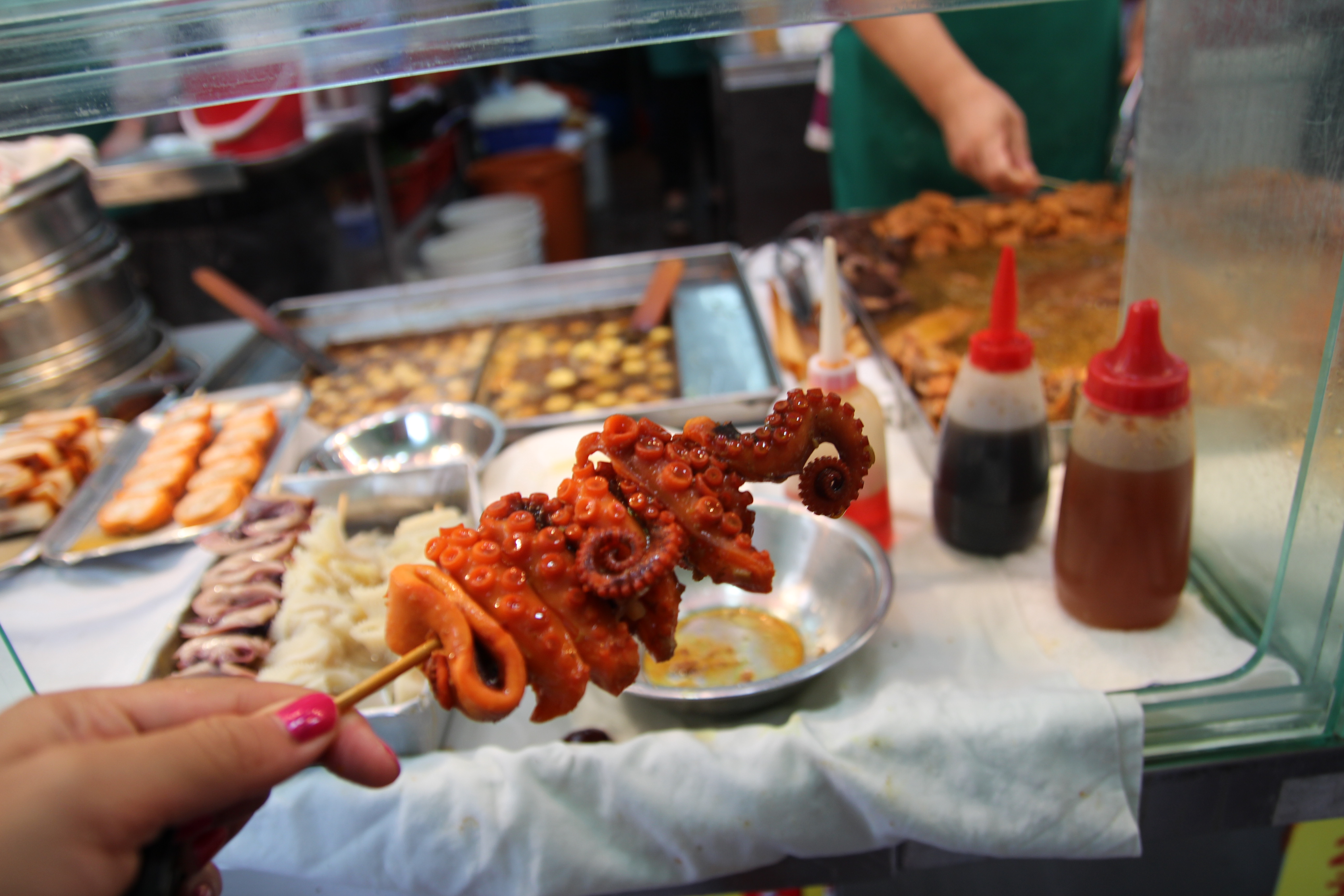There are places where you can find the whole world on your plate. There are places where food is so special that it becomes its attraction. Hong Kong is certainly one of them. Why? Keep reading …
Affordable Michelin
There are over 8,000 restaurants in Hong Kong, a city of skyscrapers, neon signs and world finance. There are different standards, different sizes, different prices – from small street food restaurants to elegant, sumptuous rooms serving dishes from around the world. You will find there dishes from Italy, Mexico, France, Nepal, Argentina, Japan, but above all these are the kingdoms of Chinese food. It is in Hong Kong that is home to Tim Ho Wan , the world’s cheapest restaurant awarded with a Michelin star, where waiting in the queue, you can make really fantastic friends and friendships.
Hong Kong: have you eaten yet?
The Chinese greet each other not by asking, “How are you?”, but “Have you eaten yet?” (“Láy sik-jó faan may?”). It is very important not to be hungry, you have to have strength to cope with the constant rush in this city. In Hong Kong, you eat up to five times a day. As a rule, very quickly during the day, to slow down a little in the evening, when it gets cooler and a bit calmer – although it depends on where you eat. Chinese cuisine is extremely varied and virtually everything that can be eaten eventually goes to the plate. Residents of the area of Canton proudly say that “if something that has four legs and is not a table, it is suitable for food.” There must be something to it, because nobody is surprised that when preparing soups, the chefs throw the whole poultry into a huge garage: with their heads, guts, legs. These and other flowers are the norm on the streets of Hong Kong.
Four regions of variation on Chinese cuisine
The Chinese basically distinguish four varieties of Chinese cuisine. Each is different, but together they create a unique mix of flavors and aromas that are boiling over Hong Kong.
The sharpest of all and only favorite by true enthusiasts of spiciness is Sichuan cuisine . Her showcase are frog legs and smoked duck . The latter is cooked in hot chilli peppers, and before it is marinated in wine for 24 hours. It is covered with tea leaves to finally give it peacefully in a cauldron over a charcoal hearth. Other specialties include shrimps with salt and garlic, dried beef with chillies, fish in a spicy sauce and eggplants in garlic. However, the most famous dish is gongbao jiding – chicken with nuts and chi l and .
In the north of the country so-called Beijing cuisine . It is not very sophisticated, few vegetables in it. The most sought after dishes are of course the Peking duck , served with pancakes and plum sauce, and the Mongolian cauldron. Vegetables and meat are prepared in a special dish à la fondue. The hallmark is intense spices and aromatic roots, such as pepper, garlic, ginger, leek and coriander.
The opposite of Sichuan cuisine is not very spicy Cantonese cuisine . Works great as for people with elevated cholesterol because a small amount of oil is used to cook the food. Slightly undercooked served with lots of seafood, vegetables, fried pork , chicken, steamed fish and fried rice . In its repertoire, it boasts truly exotic specialties, which in an average pork eater with potatoes can cause at least dizziness. Just read: dried squid , century-old eggs , (traditionally cooked in horse urine), shark fin soup, snake soup, < / b> dog stew and many others, but for now this counting is enough. Among Hong Kong residents, the most popular breakfast dish and lunchtime is the so-called dim sum (in Cantonese it means “touch the heart”). These are various types of snacks, generally steamed in the form of dumplings with various fillings. They are usually drunk with tea, even the taste of stockings, and all through a special brewing process, which uses a sieve of this material.
The least known is Shanghai cuisine . There are a lot of soups and fish dishes in it. It’s definitely heavier and sweeter than Cantonese cuisine. One of the most famous dishes is “ beggar’s chicke n “ (beggar’s chicken), a legendary dish wrapped in a lotus leaf, baked in a clay oven . duck “eight treasures” and “drunk chicken.” Interestingly, dumplings and pasta are eaten in it more often than rice.
What is the season for now?
Each of the culinary regions of Chinese cuisine has its own seasonal specialties. In the fall, many restaurants serve steamed “hairy” crabs. In winter, warming venison dishes are eaten (deer, wild birds and turtles grown on Chinese farms), served in a double-cooked soup. Also a typical winter dish is hot pot , which is a hot cauldron where revelers cook meat, vegetables and seafood themselves in a cauldron heated on the table. During the Chinese New Year, special cakes and abalone , a species of deep-water mollusks, are eaten. In the summer season, winter melon is extremely popular because of the lightness and ease of absorbing the flavors of other dishes.
And where to go to try at least a few dishes from the whole range? You can spend a lot of money and indulge in the luxuries of white tablecloths, but you will feel the real taste of Hong Kong only in tiny eateries scattered here and there, where you will see with your own eyes how street food masters will prepare an imperial feast for you …


Leave a Reply